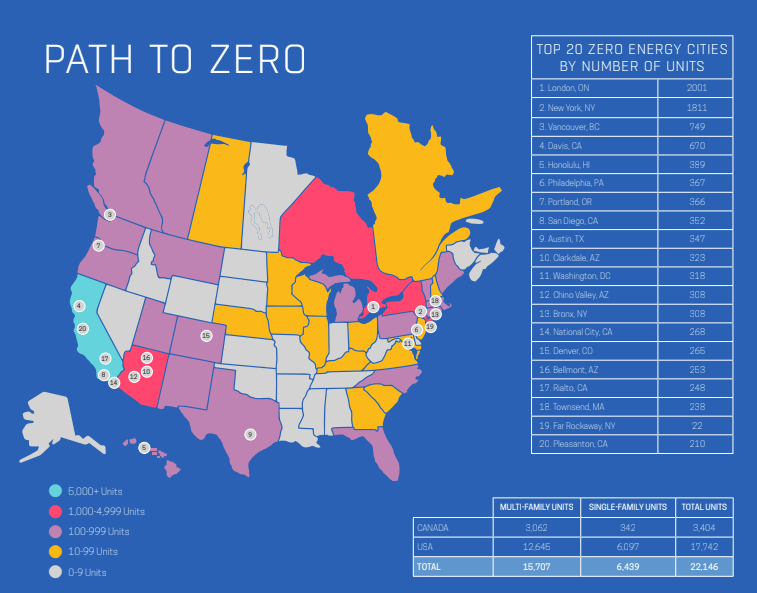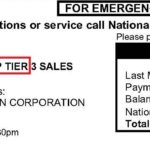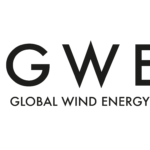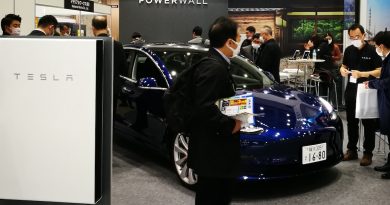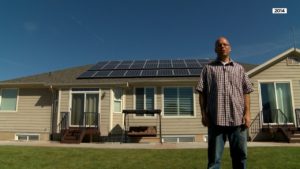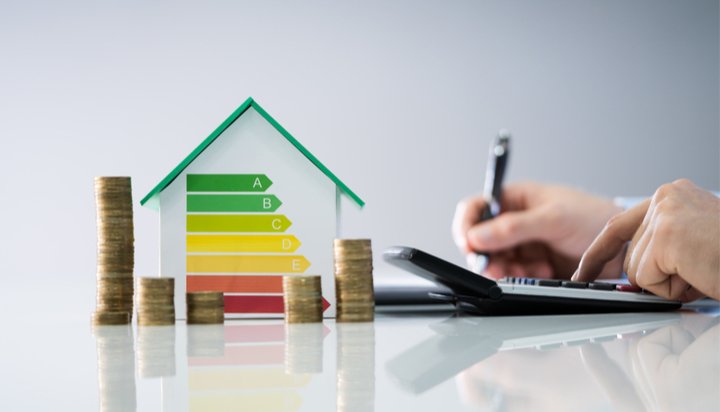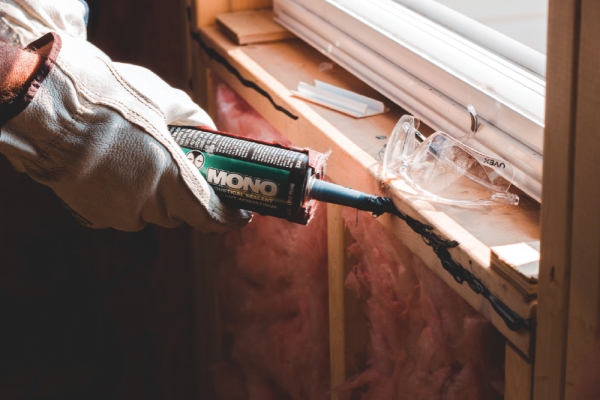[Blog] Count of Zero Energy Residences Grows 59% Across the U.S. and Canada
Energy Disrupter
As the date approaches for the Getting to Zero Forum in Downtown Oakland, California October 9-11, this article, published mid-summer by Team Zero on a study called Zero Energy Residential Buildings gives the impression this show will carry some news of hope, positivity and generally good vibes ‘midst the concern. If you’re coming to the Forum, come find me and say hello. I’ll be wearing a Press Badge in my cap!—Leslie
The market for residential zero energy (ZE) buildings continues to show growth across the United States and Canada, according to the new Zero Energy Residential Buildings Study released by Team Zero. The report documents 22,146 units that are either in design, construction, or operation representing a 59% increase over the prior year inventory. These include single family and multifamily projects that are working to achieve zero energy or zero energy-ready performance. In addition, there are another 31,000 additional residential units in the planning stages that are not included in the current count.
A zero energy, or net zero energy building, produces as much renewable energy as it consumers over a year. They typically have low energy demand and are powered by solar panels either onsite or nearby. ZE-ready homes have energy efficiency levels on par with ZE units, but are not powered with renewable resources. This is the fourth year the study has been conducted, which works to answer questions about viability of ZE homes in different markets, climates, and political jurisdictions. Team Zero is a coalition of organizations, manufacturers and others working to grow the market share of zero energy and zero energy-ready homes and commercial buildings.
Recently, Grand View Research Inc. forecast $78.8 billion of growth in the global net-zero-energy building market by 2025. Home builders and developers pursuing zero energy projects are taking the lead in what they see as a profitable future.
“It is an amazing movement that is happening in the marketplace. A lot of it driven by codes, a lot of it being driven, thankfully, by builders and developers that want to get out in front of things, that are seeing zero as a proposition, a differentiator in the marketplace. That is one of our drivers,” said Geoff Ferrell, Chief Technology Officer Mandalay Homes. The company is one of the major builders of ZE homes with 23 projects totaling 1,159 units.
Other findings of the study include:
- Larger multi-unit buildings are increasingly dominating the ZE housing stock. This is demonstrated with less increase in the number of projects (41% over 2017) and buildings (17% over 2017) as compared with the growth in units.
- More projects are seeking zero energy performance with integrated renewables rather than simply ultra efficiency. The report shows a 7.2% increase in the percent of projects pursuing ZE over ZE-ready performance (73.8% and 21.7% in 2017, now 66.6% and 29%, respectively).
- California is leading in number of projects (6,828) with New York in second place with (3,022). The Southwest is a strong hold with California, Arizona, Colorado, and Texas claiming nearly 9,600 units.
- ZE activity reported in Canada was up by a hefty margin, with a 240% increase in the number of units over 2017; and a city or region’s dominance is often driven by a single project; in this case, West 5 Phase 2, in London, drove Ontario to third largest state/province, with 1,900 of Ontario’s total 2,221 units.
- Multifamily projects now represent 71% of the total ZE residential stock – although multifamily ZE has shown steady gains over single-family since we started the inventory in 2015, this is a substantial increase over 2017 (60%). In Canada, multifamily is even more dominant than in the US, with 90% of its ZE units in multifamily projects, versus 67% in the United States.
- Future trends to watch that were spotlighted in Team Zero’s findings include: community micro-grids, electrification, grid integration and harmonization, and zero carbon.
You can access the report and on-demand webinar about the findings here.
ABOUT TEAM ZERO
Team Zero is working to unify stakeholders involved in promoting different ‘paths to zero’ with a common agenda and collaborative efforts that accelerate market adoption of zero energy and zero carbon homes, commercial buildings, developments, communities, and retrofits across North America. Our goal is to build awareness about the value of zero energy and ensure zero-harm homes and buildings are accessible and affordable to homebuyers, renters and businesses in all communities. For more information, and to view past studies, visit https://teamzero.org/


